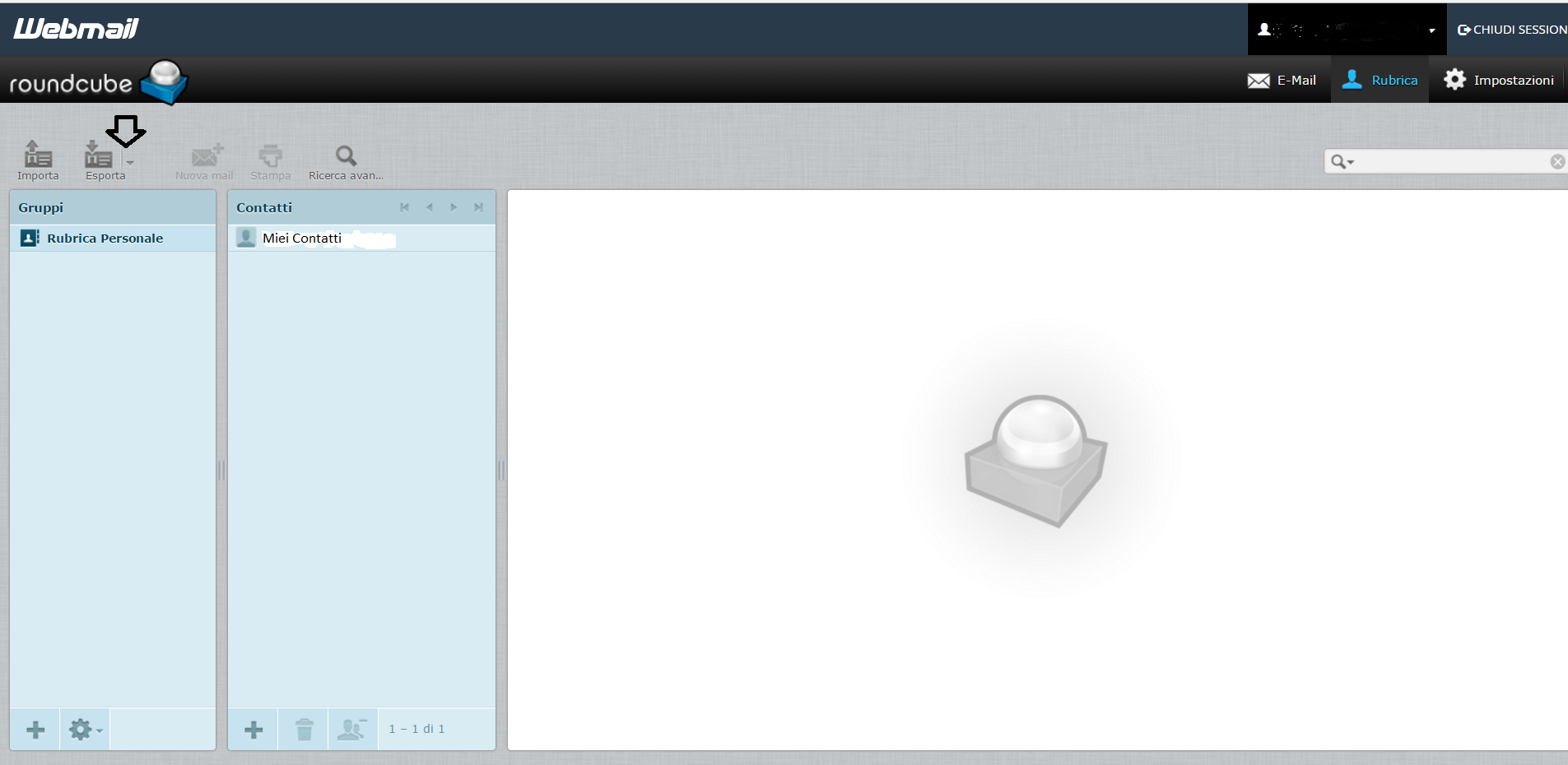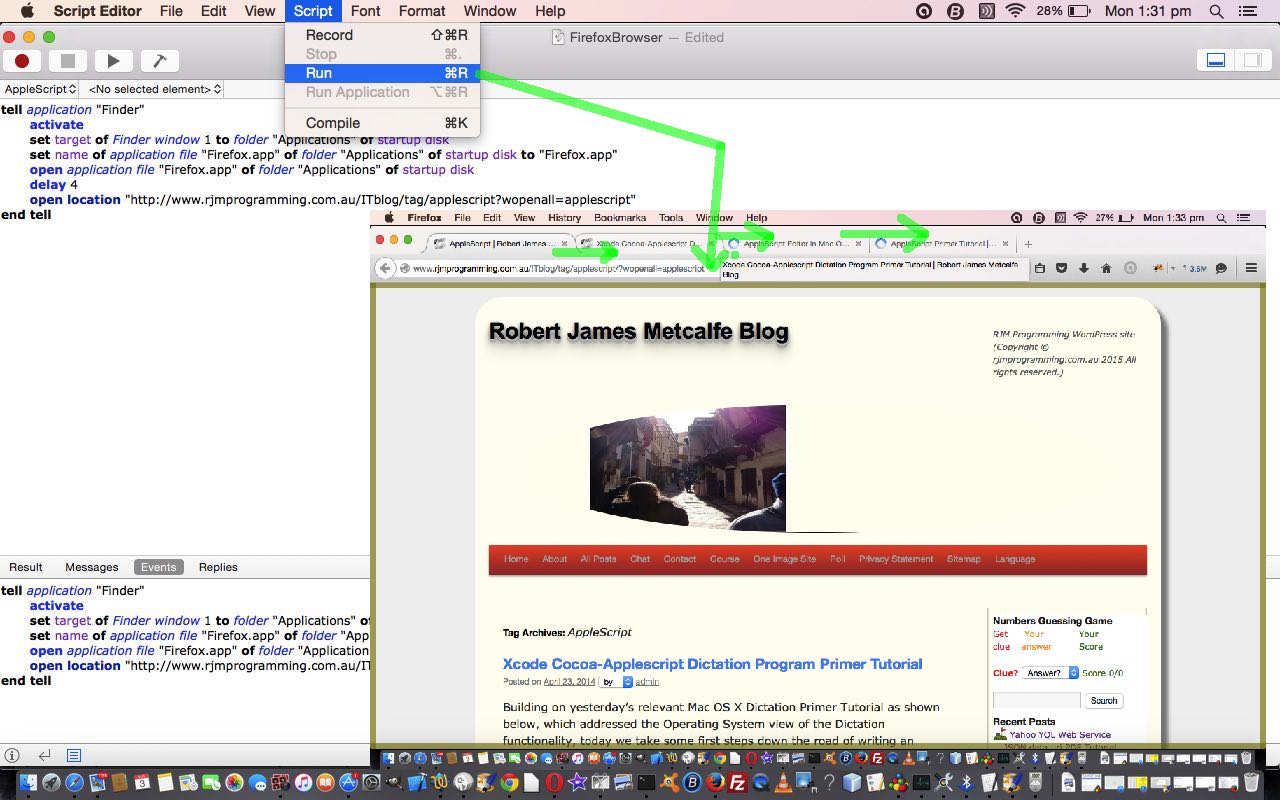

# the user may specify a single subject to run with

TEXTWRANGLER TUTORIAL CODE
The idea is simple and although the code can be difficult to understand at first, once you become more comfortable with it you will see how you can apply it to any dataset. This has the double benefit of automating your analyses and being able to analyze datasets of any size - the code for analyzing two subjects or two hundred is virtually identical.įirst we will create a template that contains the code needed to analyze a single run, and then we will use a for-loop to automate the analysis for all of the runs.
TEXTWRANGLER TUTORIAL HOW TO
Just as an actor has a script which tells him what to say and where to stand and where to move, so can you write a script that tells your computer how to analyze your datasets.

Unix Tutorial #9: Automating The Analysis.Unix Tutorial #6: Conditional Statements.Unix Tutorial #4: Shells and Path Variables.Unix Tutorial #2: Copying and Removing Files.Unix Tutorial #1: Navigating the directory tree.To sum things up, the reset serves as a sanitizer: it forces CSS defaults for all HTML elements and we’ll build our custom stylesheet on top of it - BTW, if you just want to use our reset, we’ve got you covered.īy using this approach, we’re also trying to encourage you to not repeating yourself since you just need to change some values and add extra declarations. No need to customize this, except if you want to remove selectors you know won’t be used in your eBook. When importing a file as a reference, its contents won’t actually be output in your stylesheet but will be available in LESS. If you take a look at the default file, you can see we got rid of the extensions we don’t need (tables, code, lists, etc.) and moved utilities to reference. We only keep rules because we wan’t to use the asterism. * Begin CSS */ // Reference > won’t be output (reference) 'reference/hyphens' (reference) 'reference/overrides' (reference) 'reference/mixins' // We import utils as reference since we don’t want to output their contents in CSS (reference) 'utils/containers' (reference) 'utils/utilities' (reference) 'utils/break' // That's the stuff running Blitz, its engine 'core/variables' 'core/rhythm' // Base is the foundation = styles you'll use in every book 'base/reset' 'base/page' 'base/typo' 'base/image' // We get rid of a lot of optional extensions since we don’t need them. Truth is you probably don’t need a lot of the styles in there so we’ll customize blitz.less a little bit. By default, blitz outputs quite a lot of styles, which creates a 958-line stylesheet.


 0 kommentar(er)
0 kommentar(er)
